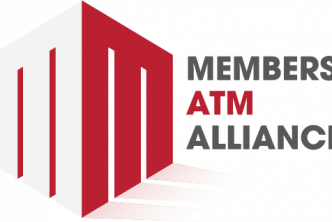By Cheryl Lawson
JMFA EVP-Compliance Review
On Jan. 24, the Consumer Financial Protection Bureau issued a new policy statement designed to clarify how it will define, supervise and enforce “abusive” standards under the Dodd-Frank Act going forward.
When Dodd-Frank was passed into law on July 21, 2010, it prohibited any covered person or service provider from engaging in any unfair, deceptive or abusive act or practice (UDAAP) in connection with the provision of consumer financial products or services. According to the original standard, “an act or practice is considered ‘abusive’ if it materially interferes with the consumer’s ability to understand a term or condition of a consumer financial product or service, or takes unreasonable advantage of a consumer’s (1) lack of understanding of the material risks, costs or conditions of the product or service; (2) inability to protect his or her interests in selecting or using a consumer financial product or service; or (3) reasonable reliance on a covered person to act in his or her interest.”
However, nearly a decade later there remains uncertainty regarding the meaning and scope of the term abusiveness.
The new policy statement provides the following points of clarification to guide financial institutions regarding how the Bureau intends to apply abusiveness during supervision and enforcement, in order to promote compliance certainty and ensure that supervisory and enforcement decisions are consistent:
- Conduct will be cited or challenged as abusive only when the harm to consumers outweighs the benefit.
- The Bureau will not identify conduct as abusive if it relies on all or nearly all of the same facts as an unfairness or deception violation.
- Monetary relief for abusive acts or practices will only be sought when there has been the lack of a good-faith effort to comply with the law. (However, the statement clarifies that the Bureau will continue to seek restitution for consumers whether or not a company acted in good faith.)
While the Bureau has brought 32 enforcement actions against financial institutions alleging an abusiveness claim since 2011, only two of those actions exclusively alleged an abusiveness claim without also making an unfair and/or a deceptive claim. This underscores the challenge of identifying specific situations where only the abusive standard applies.
The Bureau noted in the statement that most of the enforcement actions were resolved by settlement agreements, so there are few judicial or Bureau administrative decisions that “address the contours of the abusiveness standard.” Moreover, the Bureau’s UDAAP examination procedures “largely restate the language of the Dodd-Frank Act.”
Given the self-imposed limits on dual pleading in the statement—and the likelihood that few enforcement actions will merit a stand-alone abusive claim—it’s possible that the Bureau may pursue fewer abusiveness claims in the future. This is good news considering that criticism from the Bureau has been used by other agencies as justification to target UDAAP. This redefined viewpoint by the Bureau should percolate through to the FDIC, OCC, NCUA and the Federal Reserve.
By choosing to issue a policy statement instead of a regulation, the Bureau leaves open the possibility of future rulemaking to further define the abusive standard. Or, the policy could be repealed if further changes are deemed warranted. In the meantime, financial institutions that don’t have an overdraft provider that constantly monitors compliance expectations, policy changes and examiner reactions during the exam process could be at risk for mistakenly acting in bad faith regarding abusive conduct.
If you want to avoid compliance uncertainty, make sure your overdraft program policies and processes are in line with all regulatory and consumer protection standards. By utilizing the most accurate regulatory guidance and best practices, JMFA can review your existing strategy to ensure clarity and complete compliance peace of mind at all times.






